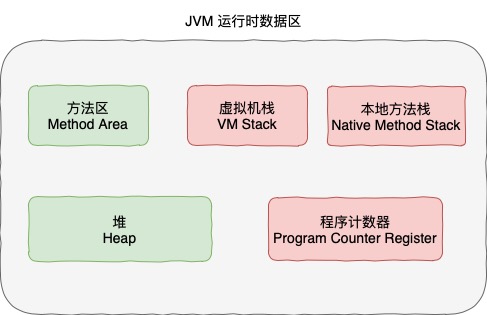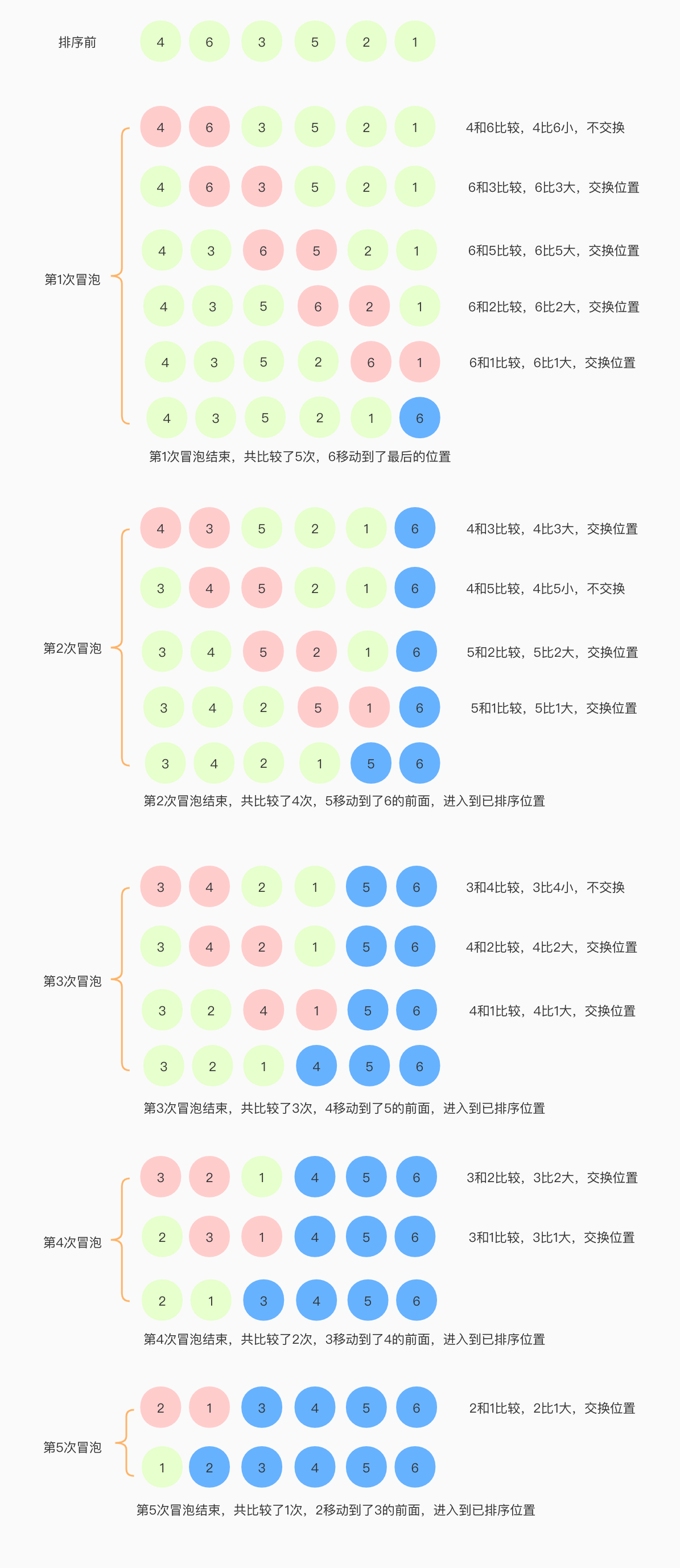对 Java 程序员来说我们不用自己手动管理对象内存的申请与释放,全部交由 Java 虚拟机(JVM)来管理内存的分配与回收。
因此,日常开发中我们不用关心内存分配与回收,减少了很多繁琐的工作,大大提高了开发效率。
也正是因为如此,一旦出内存泄漏和溢出方面的问题,如果不了解 JVM 内部的内存结构、工作机制,那么排查问题将变得异常艰难。
接下来,我们一起学习 JVM 内存区域的划分、作用以及可能产生的问题。
根据 Java 虚拟机规范,Java 虚拟机在执行 Java 程序的过程中会把它所管理的内存划分为几个不同的数据区域,如下所示:
其中,有些区域会在虚拟机进程启动的时候创建,由所有线程共享。还有些区域则在用户线程的启动的时候创建,线程结束的时候销毁。
这部分区域则是线程私有的。JVM 内存区域主要分为线程共享区域(Java堆、方法区)、线程私有区域(程序计数器、虚拟机栈、本地方法栈)。

